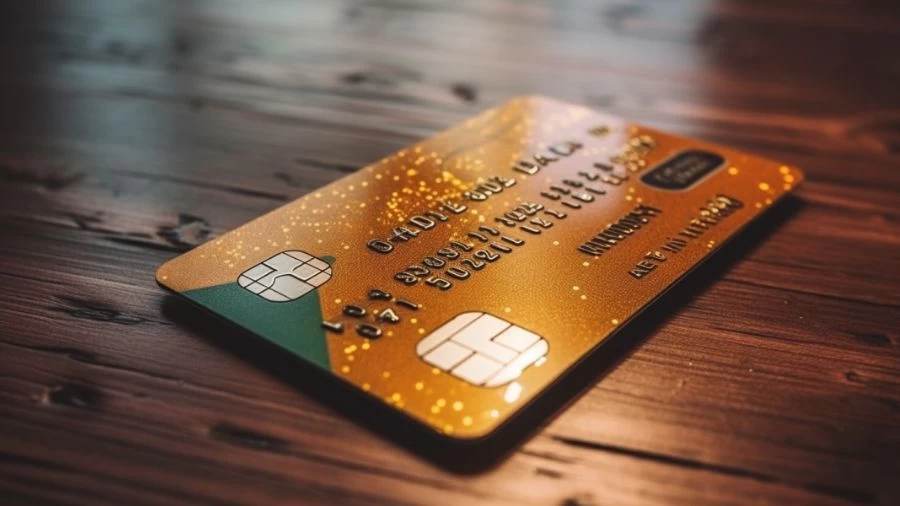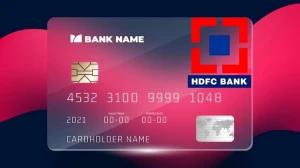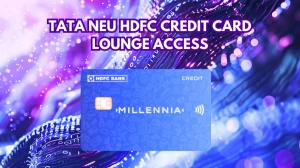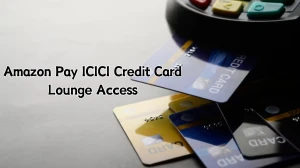
- Home »
- Credit Card »
- What is a Cash Advance on a Credit Card?Does a Cash Advance Hurt Your Credit?
What is a Cash Advance on a Credit Card? Does a Cash Advance Hurt Your Credit?
A cash advance on a credit card is when the cardholder borrows cash from their credit card, while it doesn't inherently harm your credit, mismanagement can lead to negative credit consequences.
by Kowsalya
Updated Dec 08, 2023
On This Page
What is a Cash Advance on a Credit Card?
A cash advance on a credit card allows individuals to withdraw cash against the card's credit line, providing a quick solution for urgent cash needs. This can be done at a bank, or ATM, through online transfers, or using convenience checks provided by the credit card company. While it offers flexibility, cash advances typically come with higher interest rates and additional fees compared to regular credit card transactions.
Other transactions, such as peer-to-peer money transfers and paying bills with a credit card, may also be considered cash advances, incurring similar fees. It's crucial to be aware of the associated costs, including cash advance fees and APR, and to consider alternatives, as borrowing through a cash advance can be more expensive than other financial options. Understanding the terms, fees, and potential impact on credit scores is essential before opting for a credit card cash advance.
Does a Cash Advance Hurt Your Credit?
Yes, a cash advance can potentially hurt your credit. While a cash advance itself doesn't have a direct impact on your credit scores, it can increase your credit utilization ratio. This ratio is the amount of credit you're using compared to your total available credit.
A higher credit utilization ratio may lead to a lower credit score. So, while the cash advance doesn't directly harm your credit, it could indirectly affect your creditworthiness by influencing this important factor. It's essential to be mindful of this potential impact and manage your credit responsibly when considering a cash advance.
How Do Credit Card Cash Advances Work?
Credit card cash advances involve using a credit card to withdraw cash from the card's credit line. This process typically incurs higher interest rates and additional fees compared to regular credit card transactions.
The borrowed amount is added to the credit card balance, distinct from debit card transactions that directly deduct funds from a bank account. Cash advances can be obtained at banks, ATMs, through online transfers, or by using convenience checks provided by the credit card company.
It's crucial to be aware of associated fees, including cash advance fees and APR, and consider alternatives, as these transactions can be more costly than other financial options. Understanding the terms, fees, and potential impact on credit is essential before opting for a credit card cash advance.
Related >> Best Credit Cards for a Cash Advance
How to Get a Cash Advance on a Credit Card?
Learn how to obtain a cash advance on your credit card with this guide. Discover the simple steps, considerations, and alternatives to navigate this financial option effectively.
Check your Credit Card Terms
- Review your credit card terms to understand the cash advance limits, fees, and APR associated with your card.
Visit a Bank or ATM
- Approach a representative at a bank or credit union and request a cash advance using your credit card.
- Insert your credit card into an ATM, enter your PIN, and follow the on-screen instructions to withdraw cash.
Use Convenience Checks
- If provided by your credit card issuer, fill out a convenience check (provided by your credit card company), naming yourself as the payee. Cash or deposit the check at your bank.
Be Aware of Cash Advance Limits
- Understand the cash advance limits set by your credit card issuer, which can be found in your card terms or on your credit card statement.
Consider Cash Advance Fees
- Be mindful of potential cash advance fees, which may be a flat fee or a percentage of the cash advance amount. Check your account terms for specific details.
Note Cash Advance APR
- Recognize that cash advances often have a higher APR than regular credit card purchases. Unlike standard purchases, there's typically no grace period, so interest starts accruing immediately.
Understand Other Associated Fees
- If using an ATM, be prepared for potential service charges. Some banks may also impose fees for in-person cash advances.
Reply Promptly
- Pay off the cash advance amount as soon as possible to minimize interest charges. Follow the same payment process as you would for any other credit card payment.
What is an Example of a Cash Advance?
A cash advance on a credit card encompasses more than conventional ATM withdrawals, extending to various transactions such as peer-to-peer money transfers, wire transfers, traveler's checks, and more. Understanding these examples is vital to navigating associated fees and terms effectively.
Peer-to-peer (P2P) Money Transfers
- Sending funds through apps like PayPal and Venmo using your credit card.
Wire Transfers
- Initiating wire transfers using your credit card, is often associated with additional fees.
Traveler’s Checks
- Purchasing traveler’s checks with your credit card, potentially incurring cash advance fees.
Money Orders
- Buying money orders using your credit card, is subject to cash advance fees.
Foreign Currency Exchanges
- Exchanging dollars for foreign currency through your credit card is treated as a cash advance.
Lottery Tickets
- Purchasing lottery tickets using your credit card, is considered a cash advance with associated fees.
Gaming Chips and Other Wagers
- Engaging in activities like buying gaming chips or placing wagers using your credit card, incurring cash advance charges.
What is a Cash Advance on a Credit Card - FAQs
1. What is a cash advance on a credit card?
A cash advance on a credit card is a financial transaction that allows cardholders to withdraw cash from their credit card's line of credit.
2. How do I get a cash advance on my credit card?
To obtain a cash advance, you can visit an ATM and use your credit card with a Personal Identification Number (PIN) provided by your card issuer.
3. How can I avoid high costs with a cash advance?
Borrow as little as needed, pay it off promptly, and be aware of associated fees and APR.
4. What is the maximum cash advance limit on my credit card?
Cash advances are typically limited to a percentage of your credit card's overall credit limit. The specific limit varies depending on the card issuer and your creditworthiness.
5. Can I use my credit card for cash advances internationally?
Yes, you can use your credit card for cash advances while traveling abroad.




